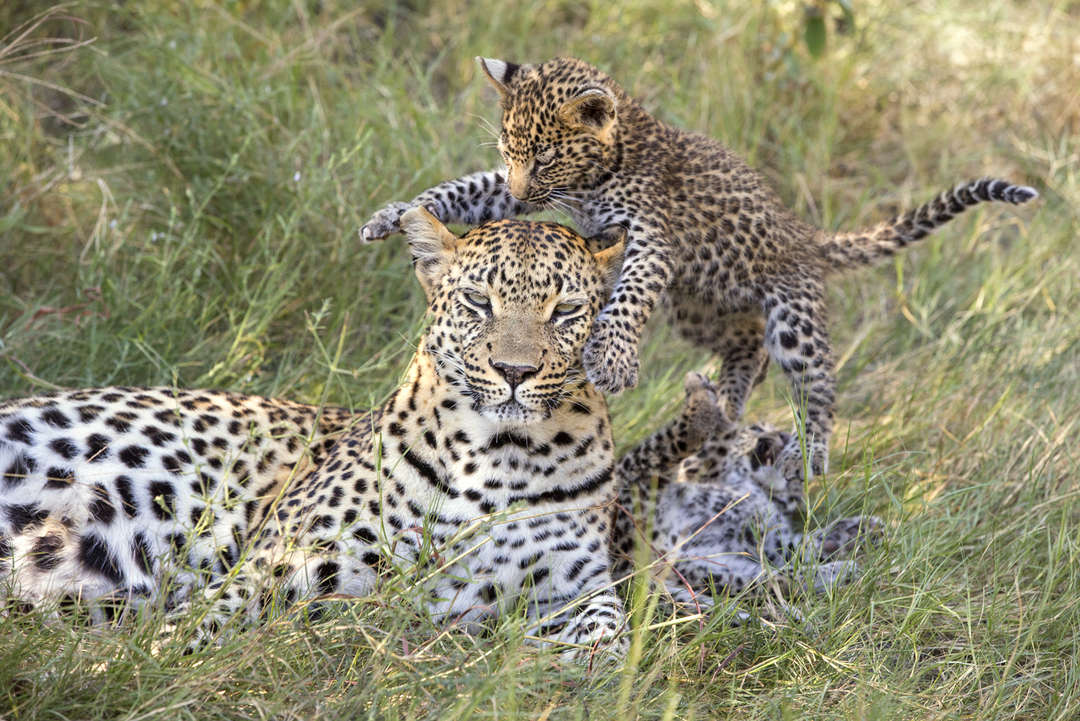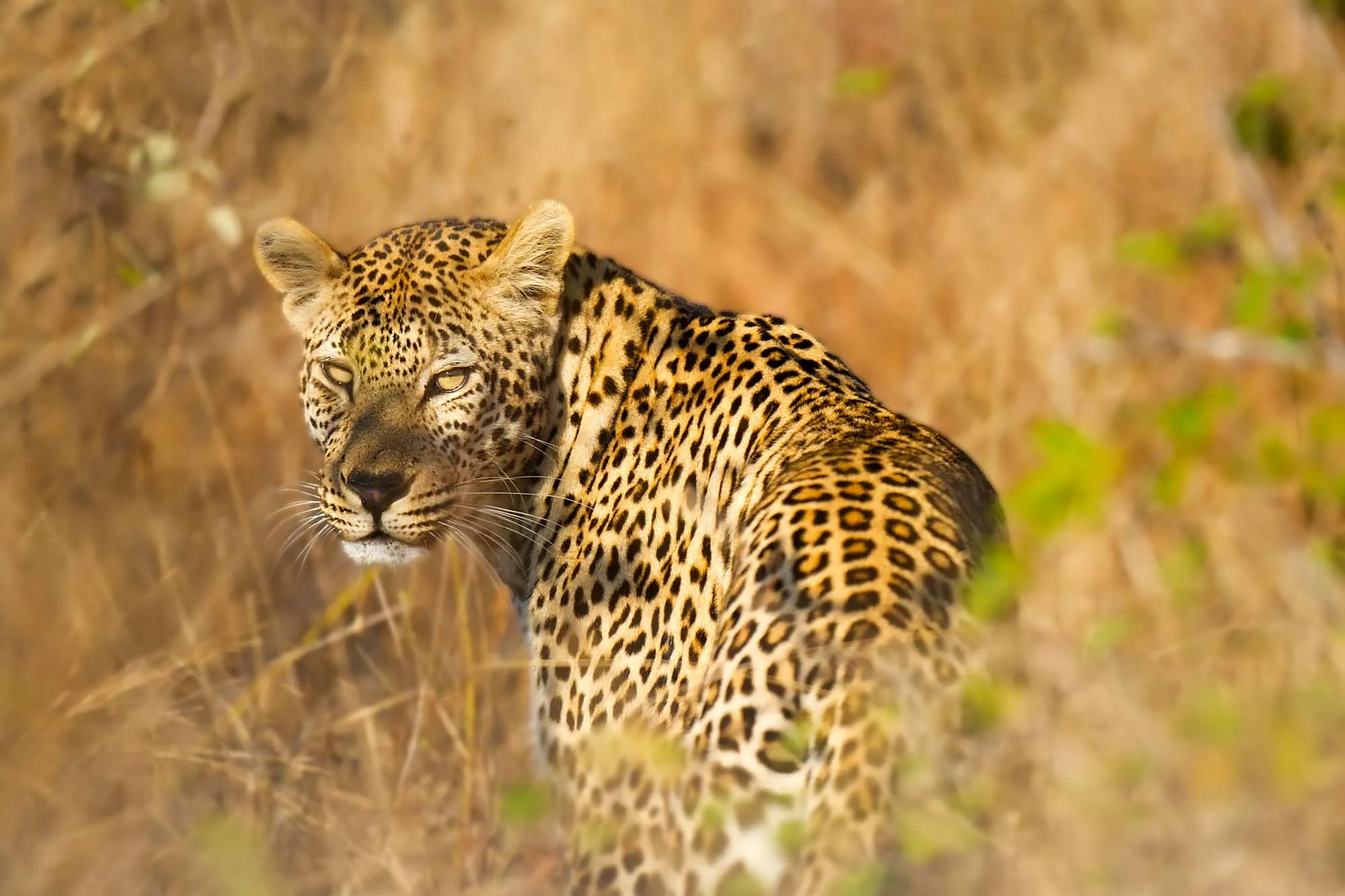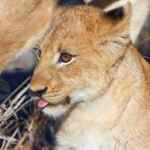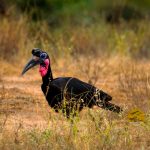10 Interesting Facts About the African Leopard.
African Leopard Facts; The African leopard is part of the Big Five of Africa, and it is also one of the most adaptable. With its spotted coat, this magnificent predator is seldom seen while roaming the savannas, deserts, and forests of much of sub-Saharan Africa. Here’s a deep dive into ten intriguing facts about the African leopard that highlights some of its unique characteristics and incredible survival skills.
1. Masters of Stealth and Solitude
African leopards are very stealthy, hence rarely seen in the wild. They are solitary animals and seldom spotted together except during mating or when the female raises her cubs. This solitary nature makes them avoid competition with other huge predators such as lions and hyena. Besides, this camouflage ability and quiet, solitary lifestyle make them masters of stealth.
2. An Opportunistic Predator
Leopards are indeed very flexible with regard to their prey. Though they hunt a great deal of different animals, from small rodents to large antelope, they also are capable scavengers. They will consume birds, reptiles, fish, and even insects when larger prey is in short supply. This is considered to be one of the primary reasons they can do so well in such varied habitats.
3. Great Climbers and Tree Dwellers
Unlike most big cats, African leopards are very agile climbers and retreat up into the trees for security and resting. They can haul a catch weighing as much as double their own body weight up into the branches to keep it safe from hyenas and lions. Their retractable claws afford a good hold to them in climbing, making them one of the most agile climbers of the big cats.
4. Masters of Camouflage
The spotted fur, or “rosettes,” on the coat of a leopard is one of nature’s best examples of camouflage. It helps them blend in with the dappled light of the African landscape-especially in grasslands and forests, since that’s where they usually hunt. The camouflage is an extremely important adaptation for stalking prey because it can get them very close by without detection.
5. Silent Stalkers with Superb Hearing
The hearing of an African leopard is extraordinary, and it hears sounds at much higher frequencies compared to human beings. When on a stalk, they are unusually silent with sure steps to pinpoint any faint rustle that might turn into a meal because of their fine senses. They are quiet, mostly not detected by animals till it is too late.

6. Hunters in the Night
African leopards are nocturnal; thus, they hunt at night and, as such, do most of their activities. Due to hunting in the night, they have superb night vision, up to seven times better compared to that of human beings, which helps in following their prey in the dark. Identification of being a night animal allows them to avoid confrontations with larger predators, such as lions, that are more active during the day.
7. Elusive and Nomadic
While lions are more social in nature, leopards are highly territorial and nomadic. The males range over a large area, with each often crossing the ranges of several females, and they mark their territories with scratch marks, urine, and scent glands-clear notice for other leopards around.
8. Distinctive Coat Patterns
Just like fingerprints, no two leopards sport the same rosette pattern. For leopard researchers, this is quite helpful in identifying different leopards through their coat patterns. The environment may also affect the color and pattern of a leopard’s coat: those in forests are usually darker, while those in grasslands are lighter.
9. Really Fast and Agile
Being fast runners, the speed of leopards reaches 58 km/h for short sprints. Although not as fast as cheetahs, their agility allows them to twist and turn with ease through dense vegetation and rough terrain. It is their strength and speed put together that allows them to render big prey dead quickly and instantaneously.
10. High Adaptability in Varied Habitats
This will range from dense forests to mountainous regions, open savannas, and semi-desert landscapes that this animal might consider home. They could be found in rainforests, riverine woodlands, and even on the edges of urban fringes. The ability to adapt to these different environments allowed them to survive in areas where many other large predators do not. This is evidence of just how resilient this particular species is.

Our Remarkable Packages to See Leopards on a Safari in Africa.
22 Days Best of Uganda Wilderness Adventure
18 Day Exploring Uganda Safari
14 Days Uganda and Kenya Wildlife Safari
14 Day Uganda-Rwanda Wildlife and Primates Safari
10 Day Highlights of Uganda Safari
9 Day Kenya Wild Safari Adventure
8 Day Gorillas-Chimps and Big Five Experience
8 Day Best of Tanzania Wildlife Safari
7 Day Kenya Wildlife Safari Tour
6 Day Gorilla Trekking and Queen Elizabeth
5 Day Serengeti and Lake Manyara Safari
5 Day Maasai Mara and Lake Nakuru Safari
4 Day Tanzania Wildlife Safari
3 Day Best of Akagera National Park
3 Day Ngorongoro Magical Adventure
Why African Leopards Deserve Conservation Efforts.
Because of its adaptability, the African leopard is able to survive in just about any environment; however, the species continues to be threatened by habitat loss, human-wildlife conflict, and poaching. It is an imperative that conservation into the future be implemented not only for the protection of this magnificent species but also for the ecosystems it balances.
The African leopard is probably one of the most fascinating and hardened predators in Africa. Agility, stealth-this animal is outstandingly a marvel of the wild, a thing no other animal can ever equal with regard to adaptability. A leopard sighting out in the wild is an unforgettable experience-a thing that one will definitely remember when their mind is carried away by the beauty and complexity of African wildlife.











